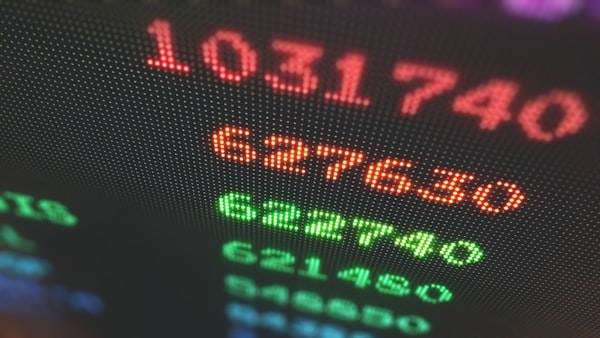$33 billion in bank fees charged in 2022

The fees paid by US consumers to banks in 2022 were greater than the GDP of 101 out of 193 countries in the World. Compared to 2021, bank fees decreased by 3% to $33B, reflecting 12% decrease in overdraft fees to $7.7B.
Total amount (billion) of bank fees collected in 2022 (Top 6). Source: FFIEC
The average charge per deposit account decreased by 9% to $38, reflecting 36% decrease per account by JPMorgan Chase to $50, 19% decrease by Bank of America to $36 as well as an increase in market share of “no-fee” banks. The charges for depositors with a single bank account was sufficient to cover about 50% of the annual Netflix subscription.
Source [1]: FFIEC [2] Call reports [3]
| Bank Fees | vs.'21 [4] % | Charge per Account | vs.'21 % |
|---|---|---|---|
| $33B [5] | ↓ 2.8% | $38 | ↓ 8.8% |
Fees are levied by banks on depositors:
- For the maintenance of deposit accounts with the bank, so-called "maintenance charges."
- Due to a failure to maintain specified minimum deposit balances.
- Based on the number of checks drawn on and deposits made in their deposit accounts.
- For checks drawn on so-called "no minimum balance" deposit accounts.
- For withdrawals from non transaction deposit accounts.
- For the closing of savings accounts before a specified minimum period of time has elapsed.
- For accounts which have remained inactive for extended periods of time or which have become dormant.
- For deposits to or withdrawals from deposit accounts through the use of automated teller machines or remote service units, so-called "atm [6] fees”
- For the processing of checks drawn against insufficient funds, so-called "NSF check charges," that the bank assesses regardless of whether it decides to pay, return, or hold the check.
- For overdrawn accounts, an “overdraft fee” occurs when a bank honors a check or draft drawn against a deposit account when insufficient funds are on deposit to honor the check or draft.
- For issuing stop payment orders.
- For certifying checks.
- For the accumulation or disbursement of funds deposited to Individual Retirement Accounts (IRAs) or Keogh Plan accounts when not handled by the bank's trust department.
To avoid fees, it helps reading the fine print or inquiring about any fees associated before opening a new bank account, alternatively switching to a “no-fee” bank or an online-only bank, e.g. Goldman Sachs Bank or American Express National Bank, both with lower operating cost base than the traditional “brick-and-mortar” banks, eliminating the need for excessive service charges on customers.
In situations where a specific bank must be used to access a particular service, try to meet the conditions required for avoiding fees and consider opening additional “no-fee” accounts, as there is no limit to how many deposit accounts one can have and there is no adverse impact on credit score, a common misconception (unless an overdraft service is required, which is unusual).
Sources:
- Bank fees - Federal Financial Institutions Examination Council
- GDP [7] data - The World Bank
- Subscription fees - Netflix
Federal Financial Institutions Examination Council. ↩︎
Financial report which contains a balance sheet, an income statement, and supporting schedules that provide details on assets, liabilities, and capital accounts as well as income and expenses. This report is a primary source of financial data used for the supervision and regulation of banks. ↩︎
Year over Year percentage change. ↩︎
Billion or one thousand million. ↩︎
Automated teller machines. ↩︎
Gross domestic product is the total monetary or market value of all the finished goods and services produced within a country's borders in a specific time period. (source: Investopedia) ↩︎




